Home>Garden Essentials>How Long Does It Take For Lettuce To Germinate
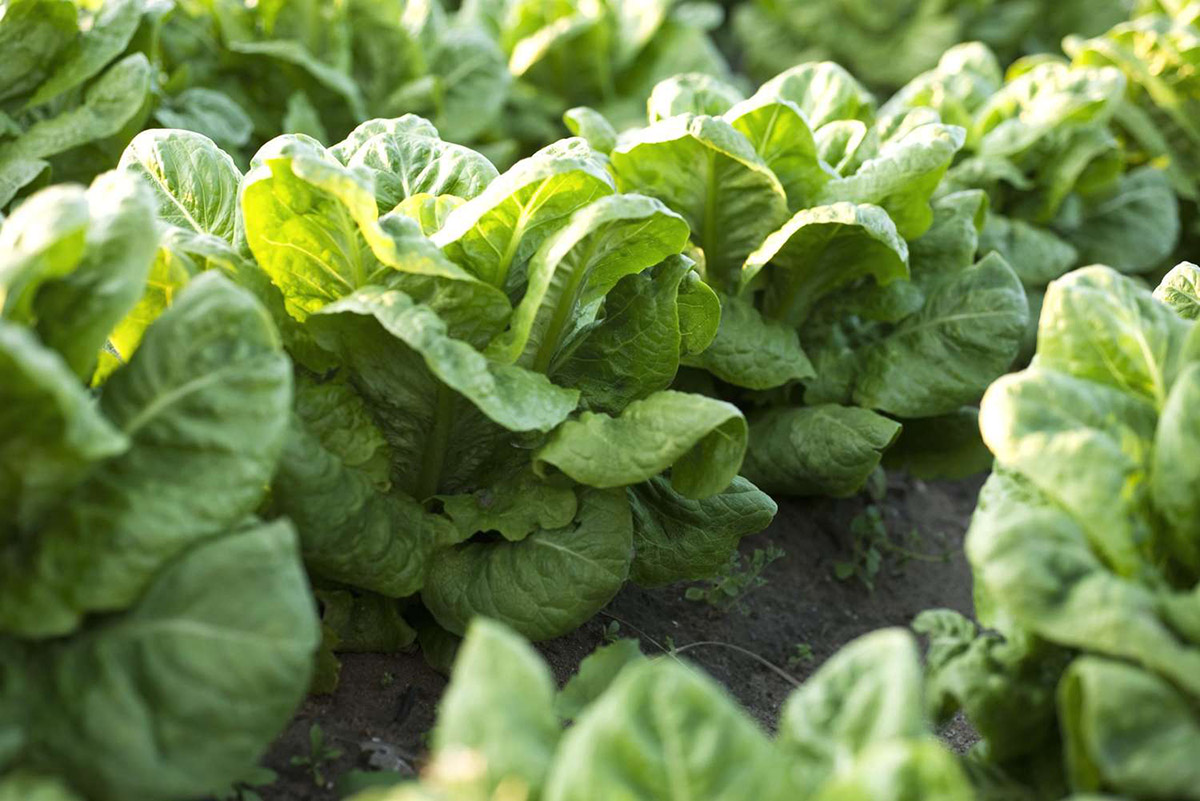

Garden Essentials
How Long Does It Take For Lettuce To Germinate
Modified: April 22, 2024
Discover how long it takes for lettuce to germinate in your garden. Learn the essential steps and factors that affect the germination process.
(Many of the links in this article redirect to a specific reviewed product. Your purchase of these products through affiliate links helps to generate commission for Storables.com, at no extra cost. Learn more)
Introduction
Growing lettuce is a popular choice for gardeners due to its versatility, nutritional value, and relatively easy cultivation. Whether you’re a seasoned gardener or a novice, understanding the germination process of lettuce seeds is crucial to ensure successful planting and a bountiful harvest.
Germination refers to the process by which a seed sprouts and develops into a new plant. For lettuce seeds, germination time can vary depending on several factors, including soil temperature, moisture level, light exposure, and seed quality.
In this article, we will explore the factors that affect lettuce germination time, average germination times for different lettuce varieties, tips to speed up the germination process, and common germination problems that gardeners may encounter. By the end of this article, you’ll have the knowledge and tools to successfully germinate lettuce seeds and begin your journey to a thriving lettuce garden.
Key Takeaways:
- Lettuce seeds need optimal soil temperature, moisture, and light exposure for successful germination. Pre-soaking seeds and using bottom heat can speed up the process, leading to a bountiful harvest of fresh lettuce.
- Different lettuce varieties have varying germination times, so it’s important to plan accordingly. Choosing high-quality seeds and addressing common germination problems will help ensure a successful and thriving lettuce garden.
Read more: How Long Does It Take Lettuce To Germinate?
Factors Affecting Lettuce Germination Time
Several key factors play a significant role in determining the germination time of lettuce seeds. Understanding these factors will help you create optimal conditions for successful germination. The main factors affecting lettuce germination time are soil temperature, moisture level, light exposure, and seed quality.
Soil Temperature
Soil temperature is crucial for lettuce seed germination. Lettuce seeds germinate best when the soil temperature is between 55°F and 75°F (12°C – 24°C). If the soil temperature is too low, germination may be slow or may not occur at all. Similarly, if the soil temperature is too high, it can inhibit germination. It’s important to monitor the soil temperature and adjust it if necessary to provide the ideal conditions for lettuce seed germination.
Moisture Level
Moisture is another critical factor for lettuce seed germination. The seeds need adequate moisture to soften the seed coat and initiate the germination process. It’s essential to keep the soil consistently moist, but not overly saturated, during the germination period. Dry or waterlogged soil can hinder or prevent germination. Regularly check the moisture level of the soil and water accordingly to ensure optimal conditions for germination.
Light Exposure
Lettuce seeds require light for germination, but only a minimal amount. Unlike some other plants, lettuce seeds do not need direct sunlight to germinate. In fact, excessive light exposure can inhibit germination. Therefore, it’s best to plant lettuce seeds at a shallow depth in the soil, ensuring they receive some light. If starting seeds indoors, place them near a window where they can receive indirect light or use grow lights to provide the necessary light for germination.
Read more: How Long Does It Take Pumpkins To Germinate
Seed Quality
The quality of lettuce seeds can also impact germination time. Choose high-quality seeds from reputable sources to maximize germination success. Fresh seeds with high viability will have a higher percentage of successful germination compared to old or low-quality seeds. It’s always a good practice to store seeds properly, in a cool and dry place, to maintain their viability and increase the chances of successful germination.
By understanding and managing these factors, you can create the ideal conditions for lettuce seed germination. Monitoring the soil temperature, maintaining proper moisture levels, providing adequate but not excessive light exposure, and using high-quality seeds will help you achieve successful germination and give your lettuce seeds the best start to thrive.
Average Germination Time for Different Lettuce Varieties
Lettuce comes in a variety of types, each with its own unique characteristics and flavor profiles. Understanding the average germination time for different lettuce varieties will help you plan and manage your garden effectively. Here are some popular lettuce varieties and their average germination times:
Butterhead Lettuce
Butterhead lettuce is known for its tender leaves and mild flavor. It typically has an average germination time of 7 to 14 days. However, factors such as soil temperature and moisture can influence the germination time. Providing optimal conditions, such as maintaining a soil temperature between 55°F and 75°F and keeping the soil consistently moist, will help ensure timely germination of butterhead lettuce seeds.
Romaine Lettuce
Romaine lettuce, also known as cos lettuce, is a popular choice for its crisp texture and slightly bitter taste. On average, romaine lettuce seeds take around 7 to 12 days to germinate. Like other lettuce varieties, maintaining the ideal soil temperature and moisture levels will help promote successful germination. Romaine lettuce is also more tolerant of warmer temperatures, making it a good choice for gardeners in regions with hotter climates.
Read more: How Long Does Rosemary Take To Germinate
Iceberg Lettuce
Iceberg lettuce is known for its crisp, crunchy texture and mild flavor. It typically takes around 7 to 12 days for iceberg lettuce seeds to germinate. This variety prefers cooler temperatures, so maintaining a slightly lower soil temperature between 60°F and 70°F can help facilitate faster and more uniform germination. Adequate moisture and proper light exposure are also key factors in ensuring successful germination for iceberg lettuce.
Looseleaf Lettuce
Looseleaf lettuce is a versatile variety that comes in various colors and leaf shapes. It is often the quickest to germinate, with an average germination time of 4 to 10 days. Looseleaf lettuce can tolerate a wider range of soil temperatures, from 45°F to 85°F, making it suitable for both cooler and warmer climates. Keeping the soil consistently moist and providing adequate light are essential for promoting successful germination of looseleaf lettuce seeds.
It’s important to note that these are average germination times and can vary depending on environmental conditions and seed quality. Always refer to the seed packet for specific instructions and recommended germination times for the lettuce variety you are growing. By understanding the germination times for different lettuce varieties, you can plan your planting schedule and ensure a continuous harvest of fresh and delicious lettuce throughout the growing season.
Tips to Speed Up Lettuce Germination
Waiting for lettuce seeds to germinate can feel like an eternity, especially when you’re eager to see your garden flourish. Fortunately, there are several tips and techniques you can employ to speed up the germination process and get your lettuce seeds sprouting in no time. Here are some effective strategies to expedite lettuce germination:
Pre-soaking the Seeds
One simple yet effective way to speed up lettuce germination is by pre-soaking the seeds before planting. Soaking the seeds for 12 to 24 hours in lukewarm water helps soften the seed coat and kickstart the germination process. This can shave off a few days from the overall germination time. After soaking, make sure to drain the seeds well before planting them in the soil.
Read more: How Long Does It Take Spinach To Germinate
Using Bottom Heat
Applying gentle bottom heat can provide an extra boost to lettuce germination. Place the seed trays or pots on a seedling heat mat or in a warm location with consistent temperature, such as on top of a refrigerator or near a heat source. The warmth will help stimulate faster germination by maintaining optimal soil temperature. Aim for a soil temperature between 70°F and 75°F to promote quicker and more uniform germination.
Providing Adequate Moisture
Ensuring proper moisture levels is crucial for promoting speedy germination. Keep the soil consistently moist but not waterlogged. Dry soil can impede germination, while excessive moisture can lead to rot or fungal issues. Gently mist the soil surface or use a watering can with a fine spray nozzle to avoid disturbing the seeds. Regularly check the moisture level of the soil and adjust watering as needed to maintain optimal conditions for germination.
Utilizing Grow Lights
If you’re starting lettuce seeds indoors, using grow lights can significantly speed up germination. Grow lights provide a supplementary light source, ensuring the seeds receive adequate light without the limitations of natural sunlight. Position the grow lights a few inches above the seedlings and set them to be on for 12 to 16 hours a day. The additional light will promote stronger and faster germination, resulting in healthier seedlings ready for transplanting.
By implementing these tips, you can accelerate the germination process and enjoy a quicker harvest of your lettuce crop. Remember to monitor the soil temperature, moisture levels, and light exposure throughout the germination period, making any necessary adjustments to provide the optimum conditions for your lettuce seeds to sprout and thrive.
Common Germination Problems
Germinating lettuce seeds can sometimes be a challenging task, and various issues can impede successful germination. Understanding and addressing these common germination problems will help you troubleshoot and ensure better results. Here are some of the most common germination problems gardeners may encounter:
Read more: How Long Does Popcorn Take To Germinate
Seed Dormancy
Seed dormancy refers to the natural delay in a seed’s germination, even under suitable conditions. Some lettuce seeds have inherent dormancy mechanisms that protect them from germinating during unfavorable times. To overcome seed dormancy, you can scarify the seeds by gently rubbing them between sandpaper or by soaking them in warm water for an extended period. These treatments help break seed dormancy and promote quicker germination.
Poor Seed Quality
Poor seed quality can significantly impact germination success. Using old or low-quality seeds can result in low germination rates or failure to germinate altogether. To avoid this problem, always opt for fresh, high-quality lettuce seeds from reputable sources. Proper seed storage is also crucial to maintaining seed viability. Store your seeds in a cool, dry place, ideally in airtight containers or seed envelopes to prolong their shelf life and increase the chances of successful germination.
Incorrect Planting Depth
The depth at which lettuce seeds are planted plays a vital role in germination. Planting seeds too deep can impede their access to light, resulting in weak or failed germination. Conversely, planting seeds too shallow may expose them to excessive drying and fluctuating temperatures. As a general rule, lettuce seeds should be planted at a depth of approximately one-eighth to one-quarter inch (3-6mm) in the soil. This ensures they have sufficient contact with the soil while still receiving the minimal light required for germination.
Identifying and addressing these common germination problems will significantly increase your chances of successful lettuce seed germination. By understanding seed dormancy and using scarification techniques, selecting high-quality seeds, and correctly planting them at the right depth, you can overcome these challenges and create optimal conditions for germination.
Remember to provide adequate moisture, maintain proper soil temperature, and avoid overwatering or underwatering during the germination process. With patience and attention to detail, you’ll soon see your lettuce seeds flourish into healthy seedlings, paving the way for a bountiful harvest.
Conclusion
Germinating lettuce seeds is an exciting and vital step in your gardening journey. By understanding the factors that impact germination time, the average germination times for different lettuce varieties, and implementing effective strategies to speed up germination, you can set yourself up for success. Additionally, being aware of common germination problems and knowing how to address them will help troubleshoot any issues that may arise.
Remember to provide the optimal conditions for lettuce seed germination, including maintaining the proper soil temperature, adequate moisture levels, and appropriate light exposure. Pre-soaking the seeds, utilizing bottom heat, providing consistent moisture, and using grow lights are strategies you can employ to expedite the germination process.
Furthermore, always choose high-quality seeds from reputable sources to increase germination success. Storing seeds properly in cool and dry conditions will help maintain their viability. Ensuring correct planting depth is crucial, as it allows the seeds to receive the right amount of light while staying in contact with the soil.
Patience is key during the germination process, as different lettuce varieties may have varying germination times. Stay attentive to the needs of your seeds, maintaining consistent care and monitoring their progress. Soon enough, you’ll witness the sprouting of your lettuce seeds, leading to healthy seedlings and eventually a thriving lettuce garden.
By implementing these techniques and strategies, you’ll be on your way to a successful lettuce growing experience. Enjoy the journey of nurturing your lettuce seeds and witnessing them develop into vibrant plants, ready to provide you with nutritious and delicious homegrown lettuce leaves.
Happy gardening!
Frequently Asked Questions about How Long Does It Take For Lettuce To Germinate
Was this page helpful?
At Storables.com, we guarantee accurate and reliable information. Our content, validated by Expert Board Contributors, is crafted following stringent Editorial Policies. We're committed to providing you with well-researched, expert-backed insights for all your informational needs.


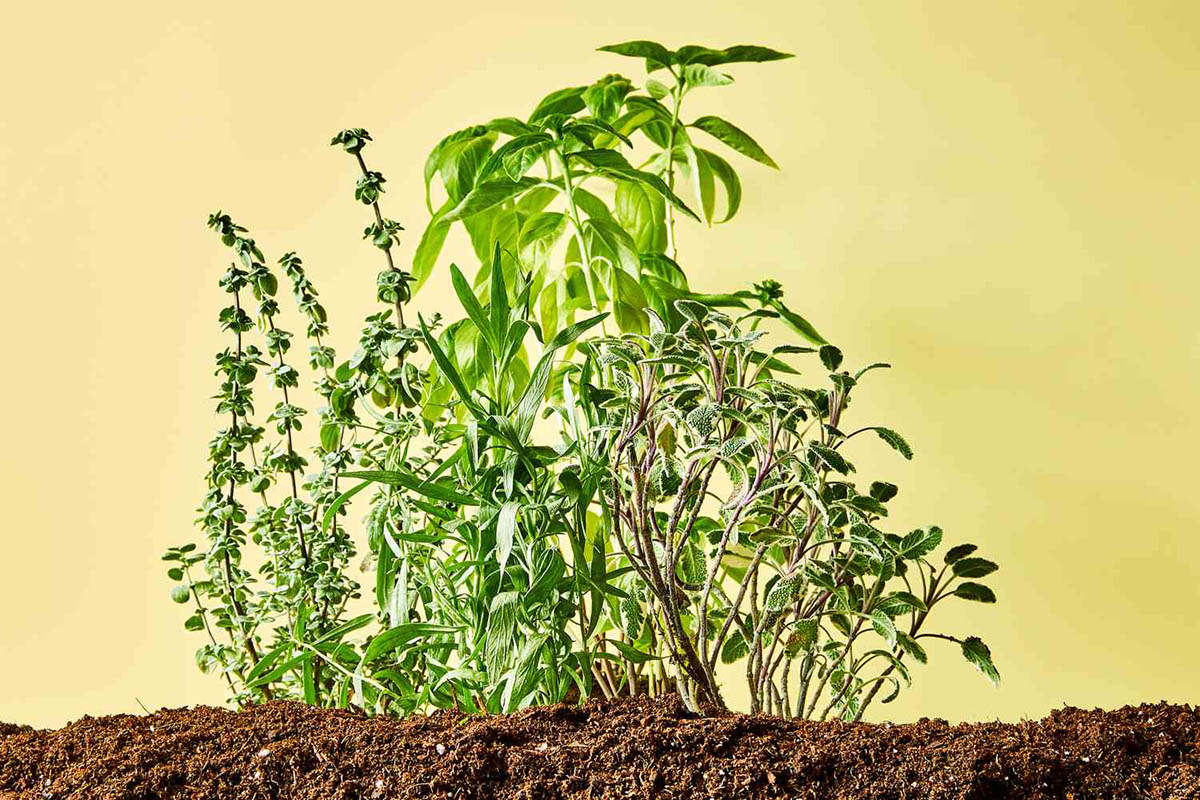
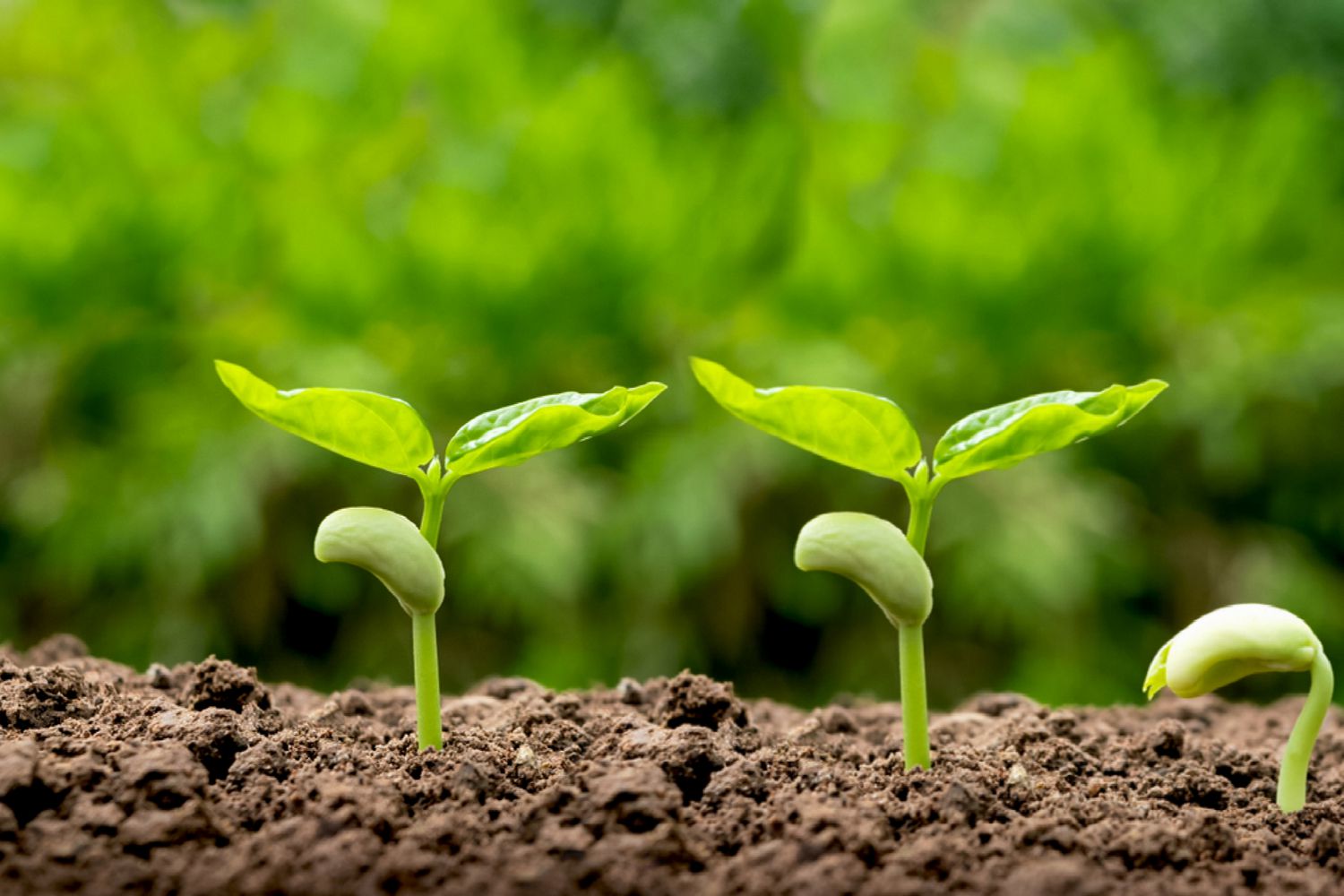
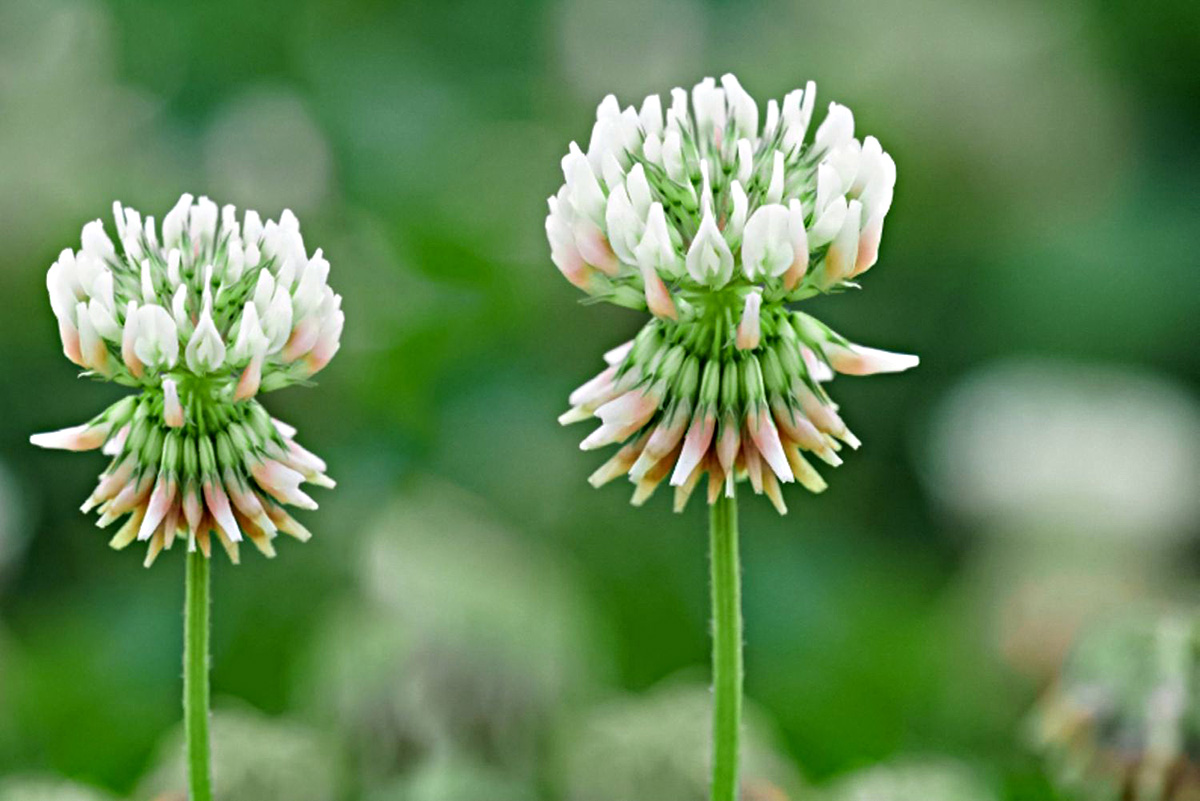
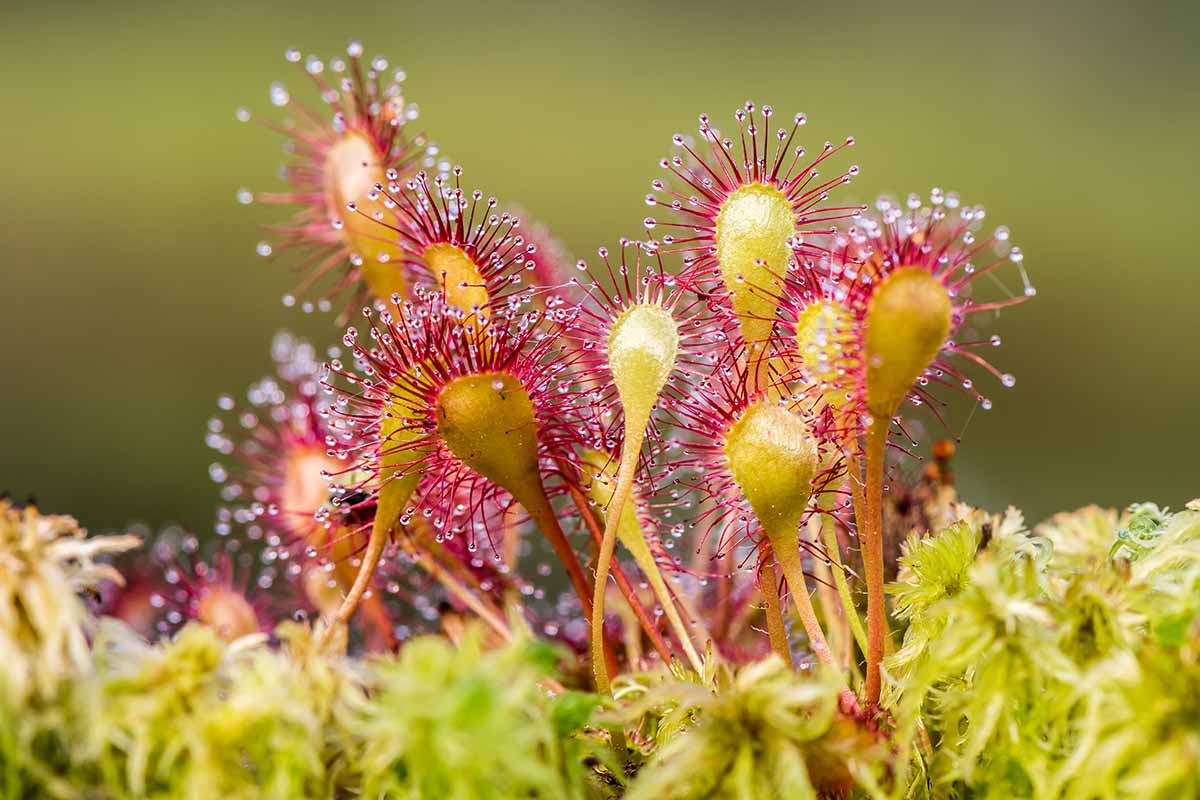
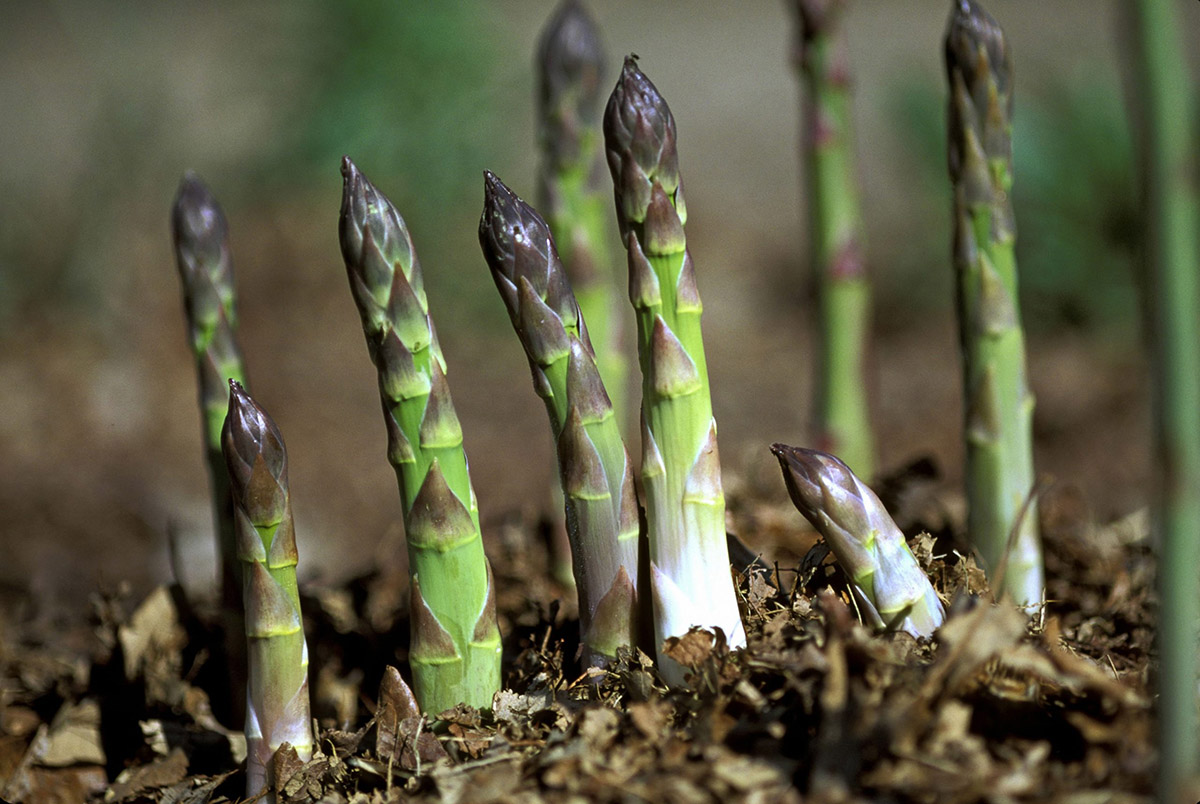





0 thoughts on “How Long Does It Take For Lettuce To Germinate”